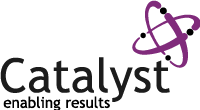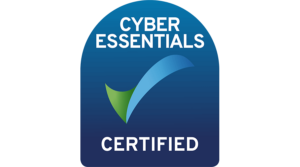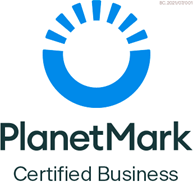WHAT IS CHANGE?
Continuous improvement means change is always taking place, so change leadership refers to the systematic approach focusing on helping individuals navigate and adapt to changes within an organisation, ensuring a smoother transition and increased acceptance of new processes or ideas.
What are the benefits of Change Leadership?
Alignment to strategic goals
Employee engagement
Effective Communication
Delivery of effective results
Change leadership skills serve as the linchpin in driving successful Continuous Improvement initiatives, offering a strategic approach to navigate organizational transformations. By honing change leadership abilities within a CI program, businesses unlock the capacity to effectively guide teams through shifts in processes, culture, and mindset. These skills enable leaders to articulate a compelling vision for change, align stakeholders, and manage resistance, fostering a culture of adaptability and innovation. Through adept stakeholder management and influential prowess, change leaders cultivate a supportive environment where ideas flourish, driving sustainable improvements, and ensuring that CI workshops are not just events, but catalysts for lasting positive change within the organization.
How does Continuous Improvement and Change Leadership interrelate?
Continuous improvement drives changes, improving the quality of processes or products, whilst Change Leadership focuses on improving the acceptance of change among those needing to adopt; ensuring that changes are sustained and effective within the organisation.
Can these concepts be applied across all sectors?
Yes, whether manufacturing, services, or public sector, all organisations can benefit from improving continuously and managing change efficiently.
What tools are commonly associated with Change Leadership?
Tools and topics covered in our courses include Facilitation, Leadership Styles, Team Roles, The Stages of Change, Stakeholder analysis, coaching and influencing skills amongst others.
What makes successful Change Leadership?
Successful Change Leadership involves clear communication, stakeholder engagement, and training, all geared towards easing the transition and gaining buy-in. Our Top Tips include:
- Clear reasons for the change.
- Strong leaders to guide it.
- Include people it affects.
- Talk often about what’s happening.
- Help and training for everyone.
- Listen to worries and fix them.
- Adjust the plan if needed.
- Show success with examples.
- Check progress with measurements.
- Stay patient and keep going.
How do I establish whether my organisation is ready for change?
Assessing your organisation’s readiness involves evaluating current processes, gauging leadership and team willingness for change, identifying existing skills and knowledge gaps, and determining the availability of resources and tools. A comprehensive readiness assessment, perhaps using surveys and workshops, can provide insights into the organisation’s current state and highlight areas for initial focus. Engaging external experts for an unbiased perspective can further validate the assessment.
Where can I find Change Leadership Courses?
Here’s a selection of our most popular courses – explore these options and choose the one that’s right for you.






